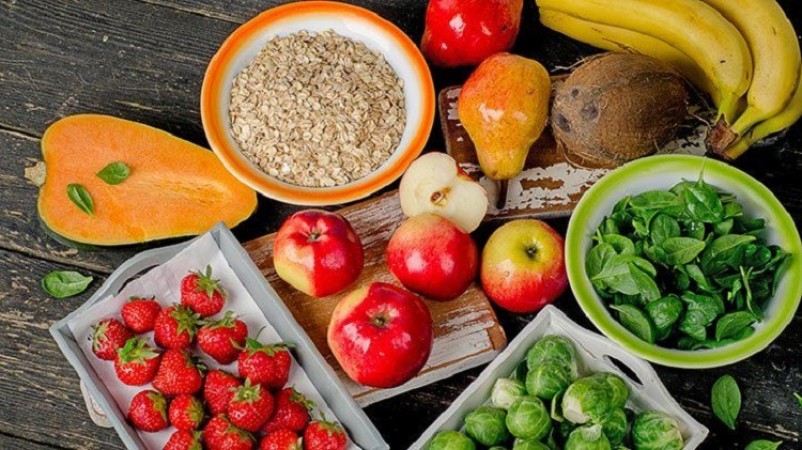
Maintaining a healthy weight is a goal for many individuals, and it often involves following strict diets or engaging in rigorous exercise routines. However, one crucial aspect of weight management that is often overlooked is the role of fiber in our diet. Fiber is a natural guide that can help you achieve and maintain a healthy weight, while also providing numerous other health benefits. In this article, we will explore the importance of fiber in weight management and discuss how you can incorporate more fiber-rich foods into your diet.
What is Fiber? Fiber is a type of carbohydrate that is found in plant-based foods, such as fruits, vegetables, whole grains, legumes, nuts, and seeds. Unlike other carbohydrates, fiber cannot be fully digested or absorbed by the body. Instead, it passes through the digestive system largely intact, adding bulk to the stool and aiding in regular bowel movements.
The Role of Fiber in Weight Management: Foods rich in fiber tend to be more filling, which means they can help you feel satisfied with fewer calories. When you consume fiber-rich foods, they take longer to chew and digest, promoting a sense of fullness and reducing the likelihood of overeating.
Reduced Caloric Density: Fiber-rich foods are often low in calories and high in volume. By incorporating these foods into your meals, you can consume a larger quantity of food while keeping your caloric intake in check. This can help you manage your weight effectively.
Slower Digestion and Blood Sugar Regulation: Dietary fiber slows down the digestion process, which leads to a more gradual release of glucose into the bloodstream. This helps to stabilize blood sugar levels, preventing spikes and crashes that can contribute to cravings and overeating.
Decreased Energy Density: High-fiber foods generally have a lower energy density, meaning they provide fewer calories per gram. By choosing these foods, you can enjoy larger portions without consuming excessive calories, making it easier to manage your weight.
Tips for Increasing Fiber Intake: Opt for whole grain bread, brown rice, whole wheat pasta, and oatmeal instead of their refined counterparts. Whole grains retain their fiber content, providing you with more nutritional value.
Include Fruits and Vegetables: Aim to consume a variety of fruits and vegetables, both cooked and raw. They are excellent sources of fiber and other essential nutrients. Be sure to eat them with the skin whenever possible, as the skin often contains the highest fiber content.
Embrace Legumes: Add beans, lentils, chickpeas, and other legumes to your meals. They are rich in fiber, protein, and other beneficial nutrients. Legumes can be incorporated into soups, stews, salads, or made into delicious dips like hummus.
Snack on Nuts and Seeds: Almonds, walnuts, chia seeds, and flaxseeds are all great sources of fiber. Include them as part of your snacks or sprinkle them on top of salads, yogurt, or smoothies for an added fiber boost.
Gradually Increase Fiber Intake: It's important to increase your fiber intake gradually and drink plenty of water throughout the day. Sudden, significant increases in fiber intake can lead to digestive discomfort, so allow your body time to adjust.
Fiber plays a vital role in weight management by increasing satiety, reducing caloric density, regulating blood sugar levels, and decreasing energy density. By incorporating fiber-rich foods into your diet, you can achieve a healthier weight and promote overall well-being. Remember to make gradual changes and choose a variety of fiber sources to reap the maximum benefits.